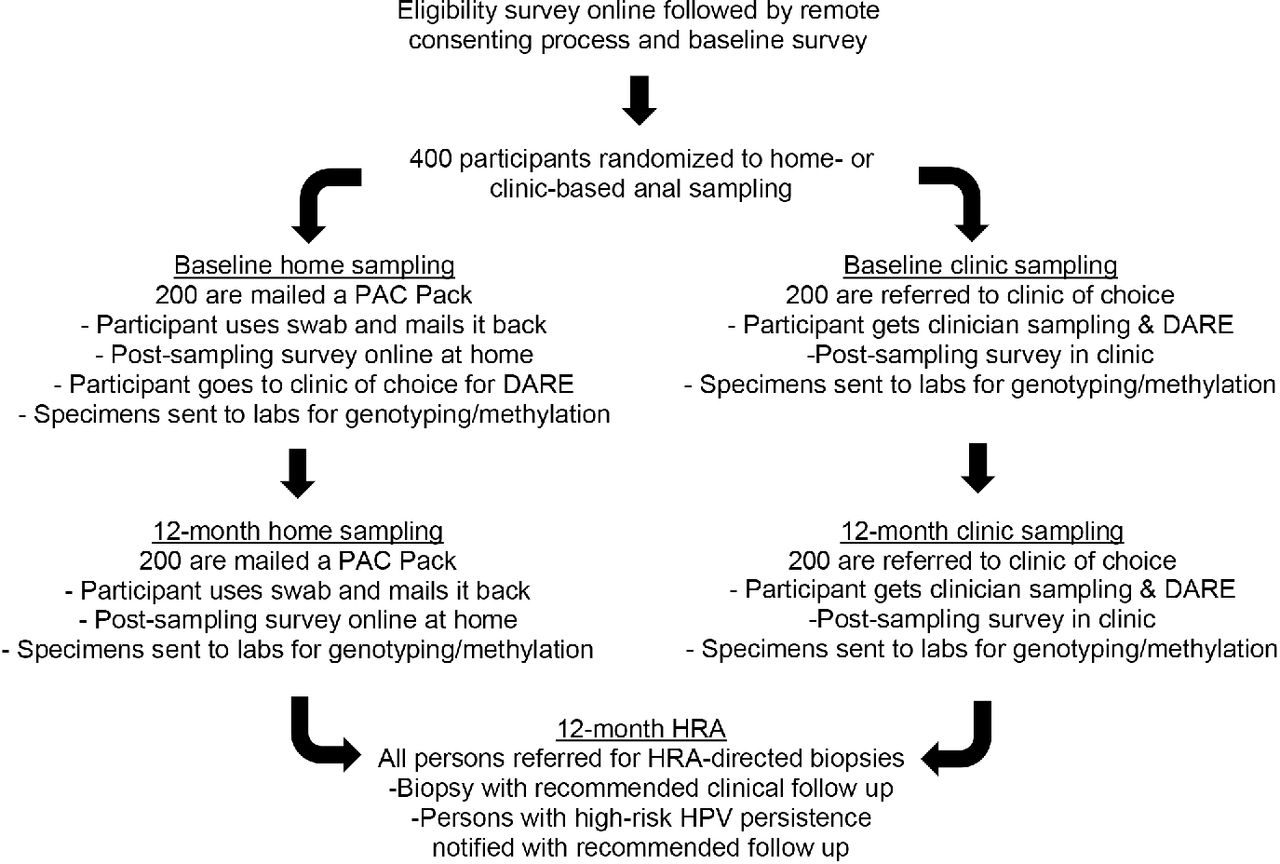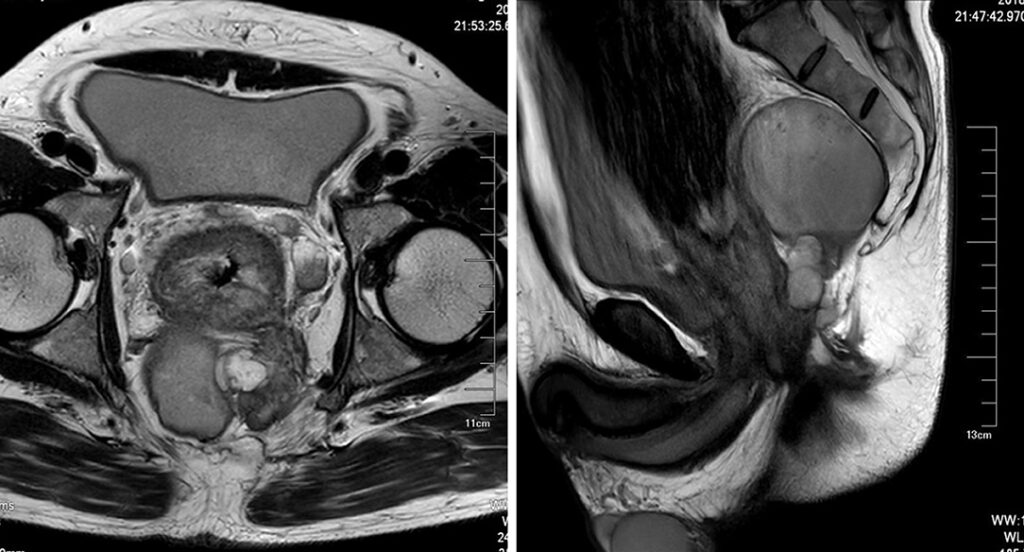Anal cancer, also known as carcinoma of the anus, is a relatively rare form of cancer that affects the tissues of the anal canal. While it accounts for only a small percentage of all cancers, its incidence has been increasing in recent years. This article aims to provide an overview of the types, symptoms, diagnosis, and treatments available for this condition. Understanding these aspects can help individuals recognize potential warning signs and seek timely medical care.

Understanding Anal Cancer
Anal cancer occurs when abnormal cells in the lining of the anus grow uncontrollably. The anus is the opening at the end of the digestive tract through which stool leaves the body. It plays a crucial role in controlling bowel movements. When cancer develops here, it can disrupt normal bodily functions and cause significant discomfort.
Types of Anal Cancer
There are several types of anal cancer, each originating from different types of cells within the anal canal. The most common types include:
- Squamous Cell Carcinoma: This type begins in the flat cells that line the anal canal and is the most frequently diagnosed form of anal cancer.
- Adenocarcinoma: This cancer starts in the glandular cells that produce mucus within the anus. It is less common than squamous cell carcinoma but still significant.
- Basal Cell Carcinoma: A rare form of skin cancer that can occur in the area around the anus.
- Melanoma: Although melanoma typically affects the skin, it can also develop in the anus due to the presence of pigment-producing cells.
Recognizing the Symptoms
Early detection of anal cancer is critical for effective treatment. However, the symptoms can often be mistaken for less serious conditions such as hemorrhoids or infections. Common symptoms include:
- Bleeding from the rectum or anus
- Pain or pressure in the anal area
- A lump or mass near the anus
- Itching or discharge from the anus
- Changes in bowel habits, such as constipation or diarrhea
- Unexplained weight loss
If any of these symptoms persist for more than a few weeks, it is important to consult a healthcare professional for further evaluation.
Risk Factors for Anal Cancer
Certain factors increase the likelihood of developing anal cancer. These include:
- Infection with the human papillomavirus, particularly high-risk strains
- Weakened immune system, such as in individuals with HIV or those undergoing organ transplants
- History of other cancers, especially cervical, vulvar, or vaginal cancer
- Smoking tobacco
- Older age, as most cases occur in individuals over fifty
Diagnosing Anal Cancer
When anal cancer is suspected, doctors use a combination of physical examinations, imaging tests, and laboratory analyses to confirm the diagnosis. The process typically involves the following steps:
Physical Examination
A healthcare provider will perform a thorough physical examination, including a digital rectal exam. During this procedure, the doctor inserts a gloved finger into the anus to check for lumps or abnormalities.
Endoscopy
An anoscopy or proctoscopy may be performed to examine the inside of the anus and rectum more closely. These procedures involve inserting a thin, lighted tube into the anal canal to visualize any suspicious areas.
Biopsy
If an abnormal area is detected, a biopsy is conducted to remove a small sample of tissue for analysis under a microscope. This is the definitive way to confirm whether cancer is present.
Imaging Tests
To determine the extent of the cancer and whether it has spread, imaging tests such as magnetic resonance imaging, computed tomography scans, or positron emission tomography scans may be ordered. These tests help stage the cancer and guide treatment decisions.
Treatment Options for Anal Cancer
The treatment approach for anal cancer depends on several factors, including the stage of the cancer, the patient’s overall health, and personal preferences. The primary treatment modalities include:
Radiation Therapy
Radiation therapy uses high-energy beams to target and destroy cancer cells. It is often combined with chemotherapy in a treatment regimen known as chemoradiation. This approach is highly effective for early-stage anal cancer and can sometimes eliminate the need for surgery.
Chemotherapy
Chemotherapy involves the use of drugs to kill cancer cells. When used alongside radiation therapy, it enhances the effectiveness of treatment by making cancer cells more sensitive to radiation. Chemotherapy may also be administered alone in cases where the cancer has spread to other parts of the body.
Surgery
Surgical intervention is typically reserved for cases where the cancer does not respond to chemoradiation or recurs after initial treatment. The two main types of surgery for anal cancer are:
- Local Resection: This procedure removes the tumor along with a margin of healthy tissue. It is suitable for small, early-stage tumors.
- Abdominoperineal Resection: In advanced cases, this extensive surgery removes the anus, rectum, and part of the colon. A permanent colostomy is required afterward to allow waste to leave the body.
Targeted Therapy
Targeted therapy focuses on specific characteristics of cancer cells, such as proteins that promote their growth. While not commonly used for anal cancer, ongoing research is exploring its potential benefits.
Immunotherapy
Immunotherapy harnesses the power of the immune system to fight cancer. Some patients with advanced anal cancer may benefit from immunotherapy drugs that help the immune system recognize and attack cancer cells.
Living with Anal Cancer
A diagnosis of anal cancer can be overwhelming, but advancements in treatment have improved outcomes significantly. Patients are encouraged to work closely with their healthcare team to develop a personalized treatment plan. Additionally, support groups and counseling services can provide emotional and psychological assistance during this challenging time.
Lifestyle Adjustments
Making certain lifestyle changes can complement medical treatment and improve quality of life. These adjustments may include:
- Quitting smoking to reduce the risk of complications
- Eating a balanced diet rich in fruits, vegetables, and whole grains
- Staying physically active to boost energy levels and mood
- Managing stress through mindfulness practices or relaxation techniques
Follow-Up Care
Regular follow-up appointments are essential to monitor recovery and detect any recurrence early. These visits often include physical exams, imaging tests, and discussions about ongoing symptoms or side effects of treatment.





